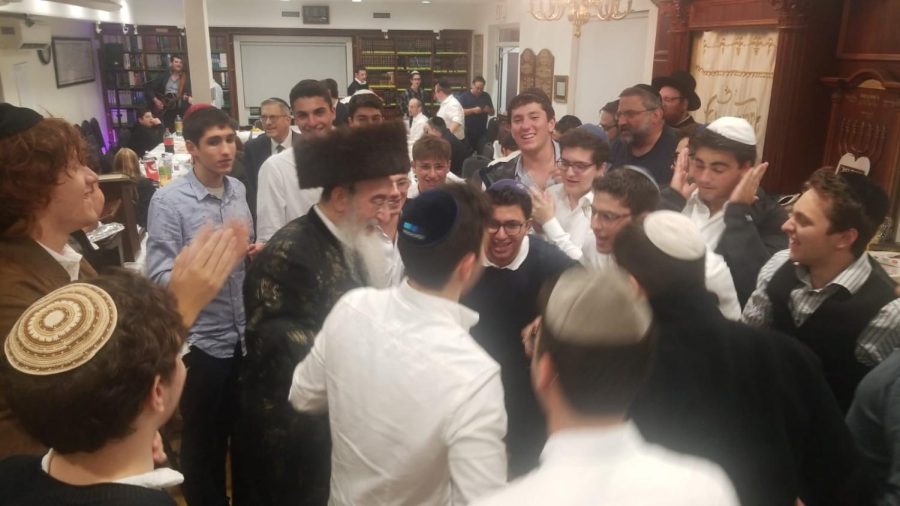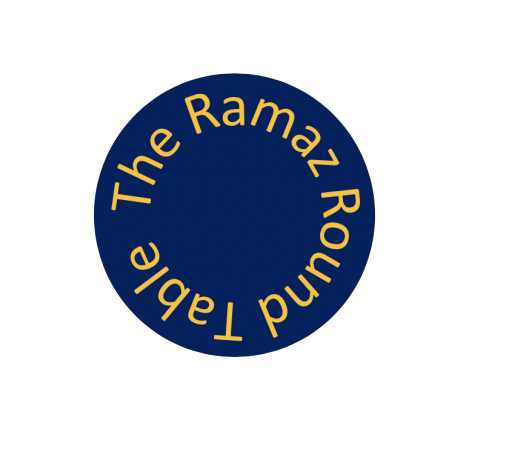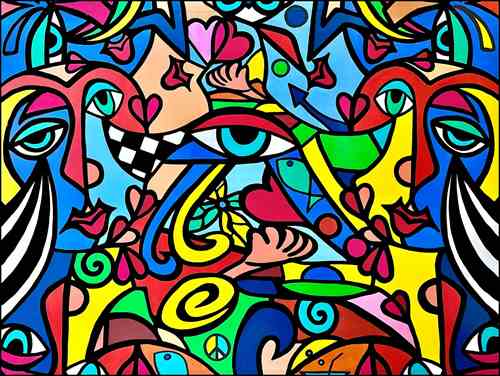Watching
I don’t visit Borough Park often, though I like to because I speak Yiddish fluently and get a kick out of talking to Chassidim. I love reading the Yiddish signs and hearing snippets of people’s conversations—people who sound like they could be family to me. The thing that makes me unique in my society is a norm there. When they hear my Yiddish, dressed as I am in obviously non-Chassidic attire, their eyes bug out like they’ve seen an alien, and it’s a hilarity that doesn’t get old. The only drawback is that in my family, we use Yiddish as a secret language when we’re out in public, but we need to be super careful about that if we’re shopping for Yontef clothes on Thirteenth Avenue or having lunch at Spoons.
When I had the opportunity to go to Borough Park for the Simchat Beit Hashoeva celebrating Sukkot, I was excited to see another side of a neighborhood where I have always felt a deep connection. I was excited to share this connection with my classmates.
I was warned before going that the girls and women would be in a completely separate area where there could not be much singing and dancing, but I didn’t really expect this much sitting. This much watching.
But even the watching was frustrating. The Rabbi delivered an entire drasha in Yiddish, but from where I was relegated to sit, in a distant loft with an obstructed view, I barely heard a word. The women’s section was a dark, small attic area with a window overlooking the main room—a bright, large space. I didn’t feel like an active participant; I felt like a bystander. I was especially thrown off because to me, Yiddish is all about being active: to speak a dying language, you have to work at keeping it alive; you have to remember to speak it when you can, you have to involve yourself in Yiddish cultural events, and you have to actively promote and grow it. I wanted to wave at the Rabbi and shout: “I can’t hear you but I came to listen to your drasha! I want to learn what you’re teaching!” But that night, I didn’t feel active at all. I felt deprived, in a way. I felt kind of ashamed because I was trapped, restrained from all the joy, and felt like a reject. But I wasn’t too upset. After all, I had the rest of the evening to look forward to—this was only one stop. Maybe the acoustics would be better in the next Shul. Maybe the women’s balcony would be more airy.
I soon realized that this was how every stop would be. The men were on the main side, singing and dancing with music, celebrating sukkot with ruach and gusto. The boys in my class would all go to that side, and dance together with the Chassidic men. It looked like a lot of fun—a crowded sea of simcha. The women, though, appeared to define their participation as sitting in the back, on the balcony, in an attic with a small window, while watching. That was how they celebrated Sukkot.
I was upset about how a woman’s role in something as simple and as innocent as celebration can be so passive and insignificant. I was prepared to be separate from the men, but thought there would be some kind of celebration for the women as well, albeit separate and modest.
While attending the various celebrations, I tried to engage with the women of that community to learn about their culture and daily lives. One woman asked me where I was from, and I told her I was from Manhattan, that I was here to come see what the Simchat Beit Hashoeva was like because I had never experienced it before. The boys from my school were on the other side of the curtain, I told her, with the men. She then asked, “your school is co-ed?” I told her it was. After she asked me a series of questions about our co-ed school, she came to a realization: “Wait, what about when the boys learn Talmud? What do the girls do during that time?” I told her that we learn the same Talmud, at the same time, in the same classroom, with the same teachers as the boys do. She couldn’t believe it.
I suddenly had so much gratitude for the community in which I grew up in, the community I am still a part of. I am thankful for the teachers, especially the rabbis, that chose to come to Ramaz and offer me a Judaic, religious, meaningful education that I now understand so many young Jewish women don’t have. That night really helped me appreciate the life I have now.
My experience that night was off-putting, uncomfortable, and restrictive. I didn’t feel closer to my fellow Yiddish-speakers as I’d hoped. Instead, I felt distant—as if we don’t understand each other at all.
But at the end of the day, we are all part of one people. I loved seeing the endless streams of men in black hats swaying and dancing spiritually to niggunim I know and love. I loved seeing the various shuls and succot in a neighborhood where it was completely normal to walk around town carrying a lulav. I loved the energy around rejoicing for the holiday. It’s just that I wanted to participate in the festivities, and not just watch.




